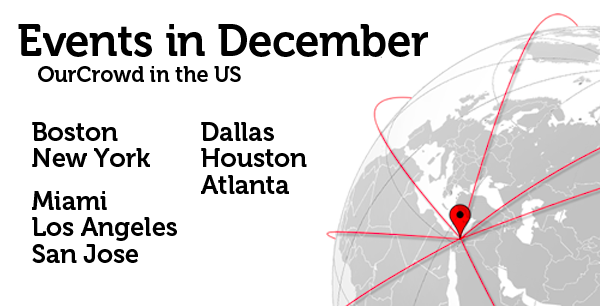When talking about Virtual Reality (VR), the average consumer may immediately think of futuristic robots, wearables, and space age getups. Flashy jargon and lofty names are marking giants like Facebook and Google, who’ve famously entered into the VR game. With worldwide revenues for VR and it’s more fine-tuned sister, Augmented Reality (AR), being projected to reach 13.9 billion in 2017, AR is finally sneaking into the collective consciousness.
AR deserves to step into the limelight. Big space age glasses aside, AR is moving beyond the simulation or gamer crowd and layering a new plane on to our senses. From making real strides in education to medical breakthroughs, AR is enhancing our day to day world without attempting to upend it entirely.
SIGHT
The technology being developed is immediately applicable. Using AR, the retail industry is providing a more personalized experience by allowing the customer to graft potential purchases in real time to the location in question. Startup Cimagine uses its retail AR application to reduce returns and increase satisfaction while pinpointing potential problems and saving companies site visits was recently acquired. On the educational level, teachers can bring material to life by meshing virtual and physical classrooms, medical students can dive into the human anatomy on a cellular level, and engineers can explore models in 4D, a far cry from the typical textbook.
Major players are taking notice. Spending in the AR/VR space increased 130.5% this year alone. VCs and seed investors, like startup influencer OurCrowd, a leading global equity crowdfunding platform, have recognized AR’s immediate potential and are staking their claim in the booming crop of new applications. Apple’s Tim Cook explained that AR’s magic – beyond the more niche virtual reality – is its ability to stay in the present. As Cook famously explained on Good Morning America in 2016: “[AR] gives the capability for both of to sit and be very present, talking to each other, but also have other things – visually – for both of us to see.”
SOUND
Nor is AR limited to the purely visible world; AR technology can also affect the way we hear. By fine-tuning how we process sound, AR can change the way that we sort the world around us, from eliminating background noise to crystallizing a certain decibel. Young companies like Doppler Labs, which has over $50M in funding, are taking the leap into our other sense. Doppler has already launched HereOne, their first AR sound enhancing earbud set, to incredible reviews. Augmenting our hearing capabilities, instead of replacing them is appealing to a wide, curious audience.
TOUCH
The more AR’s potential is explored, the numerous areas of relevance multiply. Objects as ubiquitous as light switches and dashboards could become obsolete. Rumors are popping up, telling of early adopters like automotive darling Tesla moving to AR controls. Big companies are beginning to understand that the jump from touch screens to virtual ones is not too large for the existing and upcoming high-tech generations. Technologies like MUV Interactive’s Bird are turning surfaces into interactive touchscreens anywhere, pushing beyond the touch screen technology the average consumer has adopted so quickly. Even AR games are exploding in popularity, and are expected to experience a CAGR of 287.4% in the next few years according to the IDC.
AND BEYOND…
Essentially, the world is a canvas on which AR can grow and sprawl exponentially. Rather than replacing our lives in the ‘real’ world, it could serve to enhance it. Startups are racing to optimize the human experience, amping up our senses and meshing the virtual and physical world into a seamless mixed reality. This field is dreaming up possibilities that are becoming real. The future is here.
If you’re interested in getting involved in the forefront of this future, learn about investing in the latest promising AR/VR startups: visit OurCrowd’s startup offerings.



![[Agentology] Monday, November 14th, at 8:00PM Israel / 1:00PM New York / 10:00AM San Francisco](https://blog.ourcrowd.com/wp-content/themes/Extra/images/post-format-thumb-text.svg)




